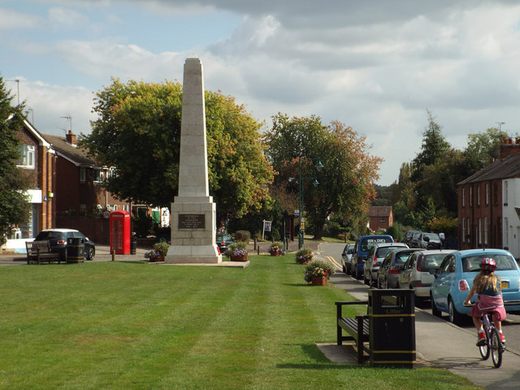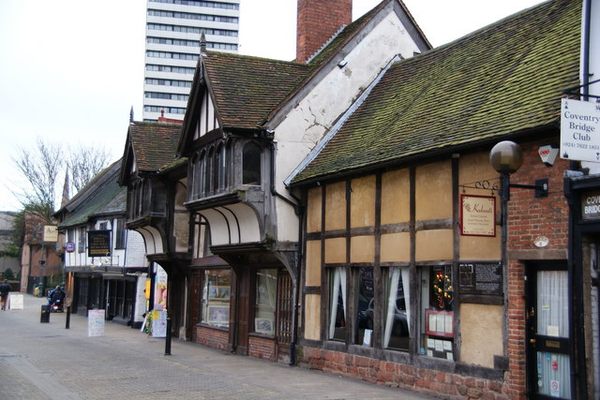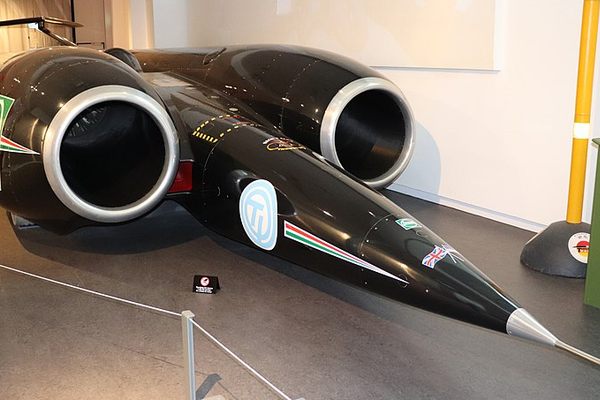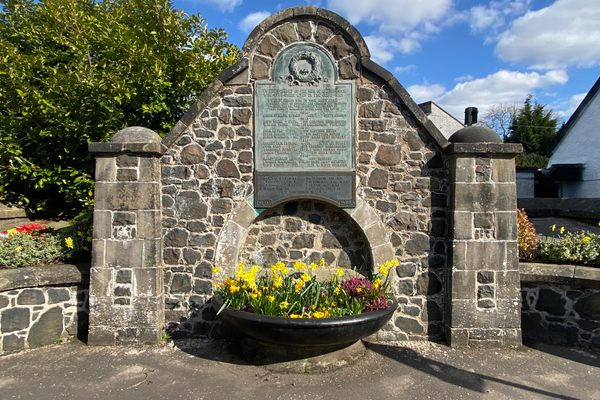National Cyclists Memorial
The obelisk honors the cyclist troops who were killed during World War I.
The Green at Meriden, between Coventry and Birmingham, in Warwickshire, England, houses one of the most unusual war memorials in the United Kingdom. It was built to remember the cyclists who rode and died during World War I.
In 1914, cycling was incredibly popular in the UK. During the war, the British army included a Cyclist Corps which employed bicycle-riding messengers, coastal lookouts and scouts. The two-wheeled troops often found themselves behind enemy lines. One division advertised for recruits with the slogan: “Are you fond of cycling, if so why not cycle for the King.” (It generously added, “bad teeth no bar.”)
While the majority of these specialist troops were actually converted to conventional infantry and sent to the gridlocked trenches of France, bicycle troops were used by the British all through the war. When the fighting was over, in 1918, members of cycling clubs realized how many people had not returned. A monument was built to honor all the cyclists who were killed in battle.
The 32-ton, Cornish Granite-faced obelisk was installed using donations from cyclists all over the country, and Meriden was chosen for its location at the center of the country. The future king Edward VIII (then Prince of Wales) even auctioned his own bicycle to contribute to the fund. It was unveiled on May 21, 1921 with a ceremony attended by over 20,000 people. An annual service of remembrance is held each May, which hundreds of cyclists pedal their way to Meriden to take part in.
Bicycles were also used in World War II by hundreds of paratroopers who were given a special folding bike, and commandos, during the second wave after D-day. In 1963, a bronze plaque was added to commemorate the fallen cyclists from the Second World War.





















Follow us on Twitter to get the latest on the world's hidden wonders.
Like us on Facebook to get the latest on the world's hidden wonders.
Follow us on Twitter Like us on Facebook